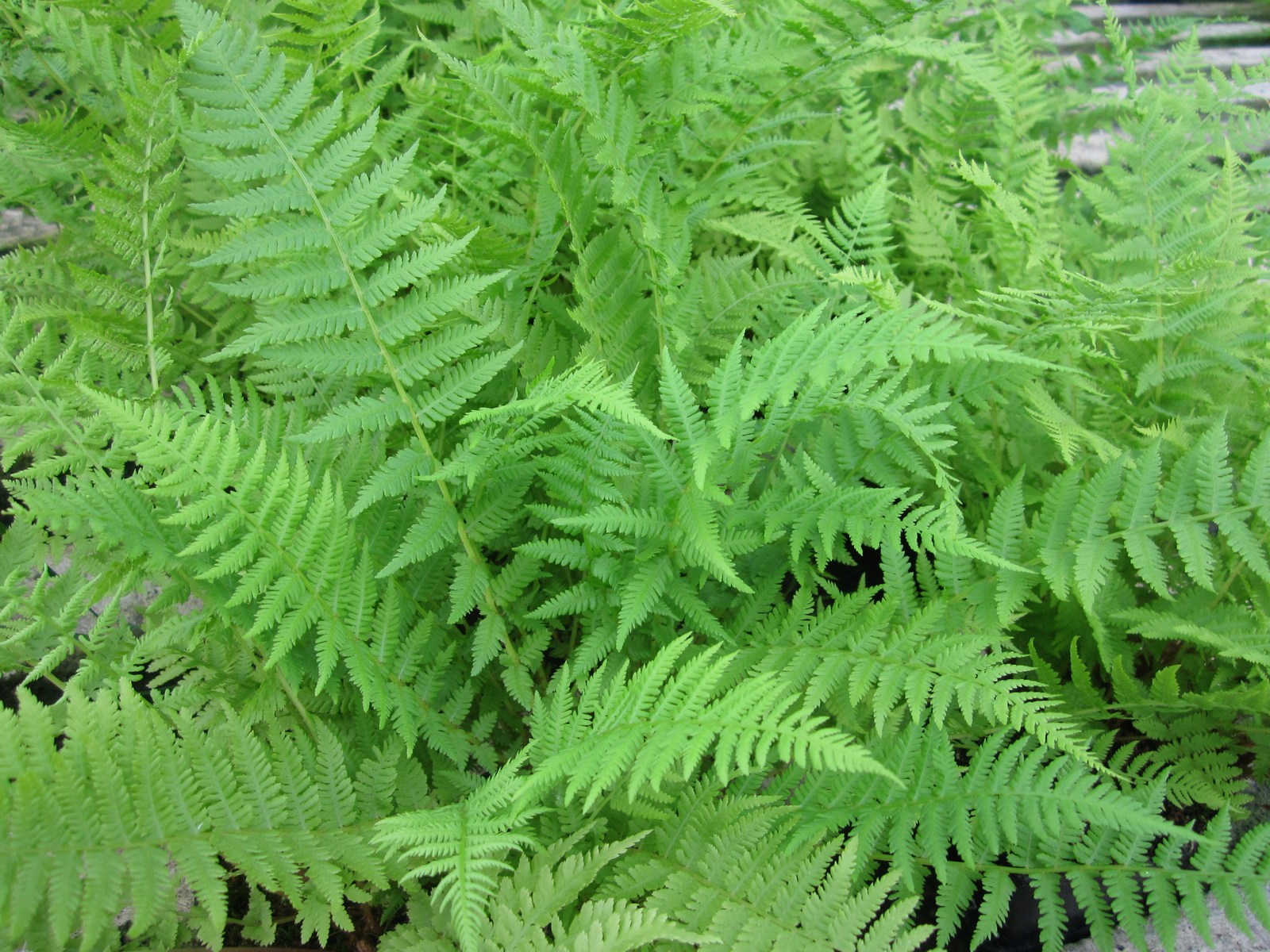
Athyrium filix femina Lady Fern Artisan Aquatics
Athyrium filix-femina, commonly called lady fern, is a deciduous fern that features lacy-cut, erect or ascending, 2 to 3-pinnate or pinnatifid, finely-divided, lanceolate, light green fronds which grow in a dense circular shuttlecock-like clump to 2-3' tall.
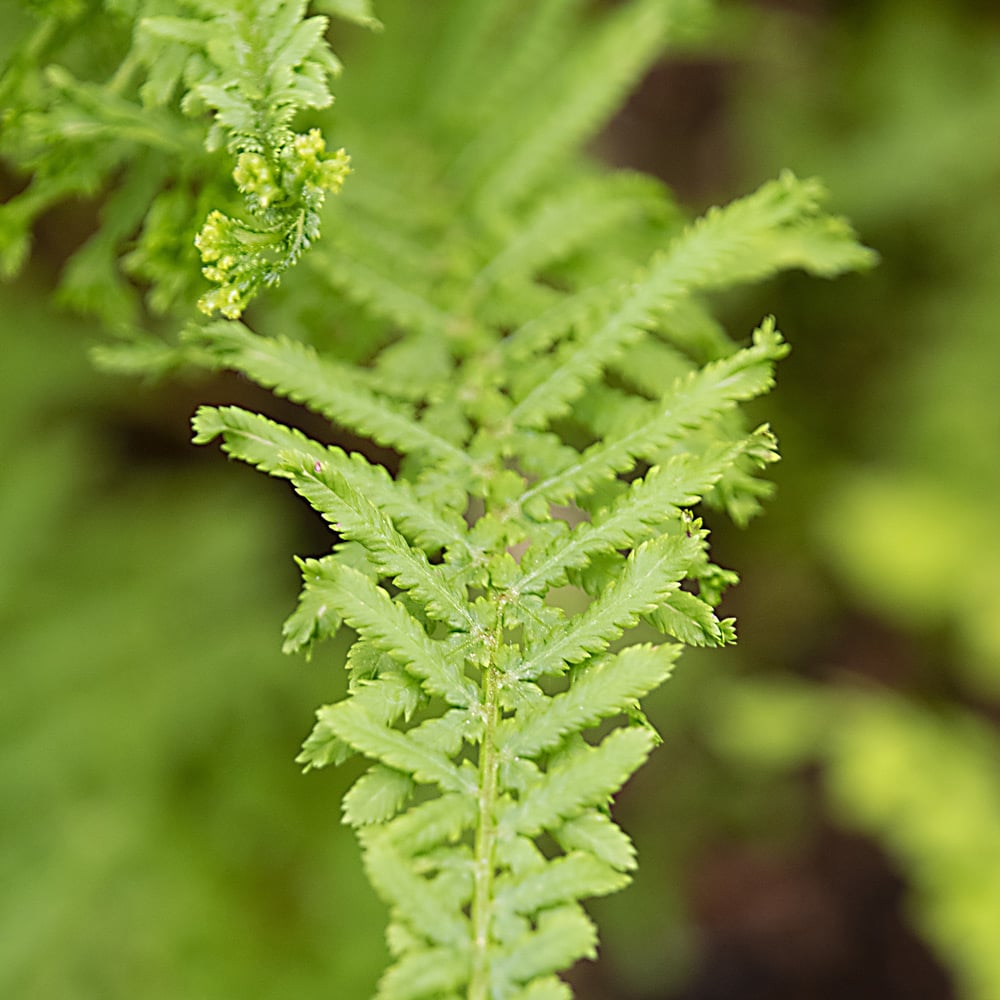
Athyrium filixfemina 'Victoriae' White Flower Farm
Athyrium filix-femina, commonly called lady fern, is a deciduous fern that features lacy-cut, erect or ascending, 2 to 3-pinnate or pinnatifid, finely-divided, lanceolate, light green fronds which grow in a dense circular shuttlecock-like clump to 2-3' tall. Each frond (leaf) has twenty to thirty pairs of elliptic non-opposite pinna (leaflets.

Athyrium filixfemina var. angustum Ferns and Lycophytes of the World
This plant has fronds that are a vibrant green throughout the summer and turn golden-yellow after the first frost. Lady fern stalks can be green, red, or purple. These support a multitude of tiny leaflets, which gives the lady fern its feathery, lacy appearance.

Athyrium filixfemina 'Rotstiel Grandiceps' Crested Lady Fern (3.5" Pot) Little Prince To Go
Athyrium filix-femina Lady fernPerennial, DeciduousFamily: Woodsiaceae Height: 1.2m Spread: 1m Hardy Foliage colour: Position Soil The lady fern, Athyrium filix-femina, has delicate, bright green, filigree leaves. It looks fantastic planted in bold swathes with other shade-loving plants in a sheltered, shady woodland edge, shrub or mixed border.

Athyrium filixfemina (Athyriaceae) image 7357 at
Noted for its bright red stems, Athyrium filix-femina var. angustum 'Lady in Red' (Lady Fern) is an upright, slowly-spreading, deciduous fern forming a pretty rosette of erect to arching, ruby to garnet red stems bearing lacy, light green fronds. The contrast between the brightly colored stipes and the green fronds is of the best effect.

Athyrium filixfemina 'Minutissima' Dwarf Lady Fern (3.5" Pot) Little Prince To Go Oregon
Athyrium 'Silver Sentry' (filix-femina hybrid) @JLBG. Open Garden Days Garden Map Volunteer Jobs Contact. Juniper Level Botanic Garden is a not-for-profit, 28-acre educational, research, and display garden. Established in 1986, JLBG is an institutional member of the American Public Gardens Association.
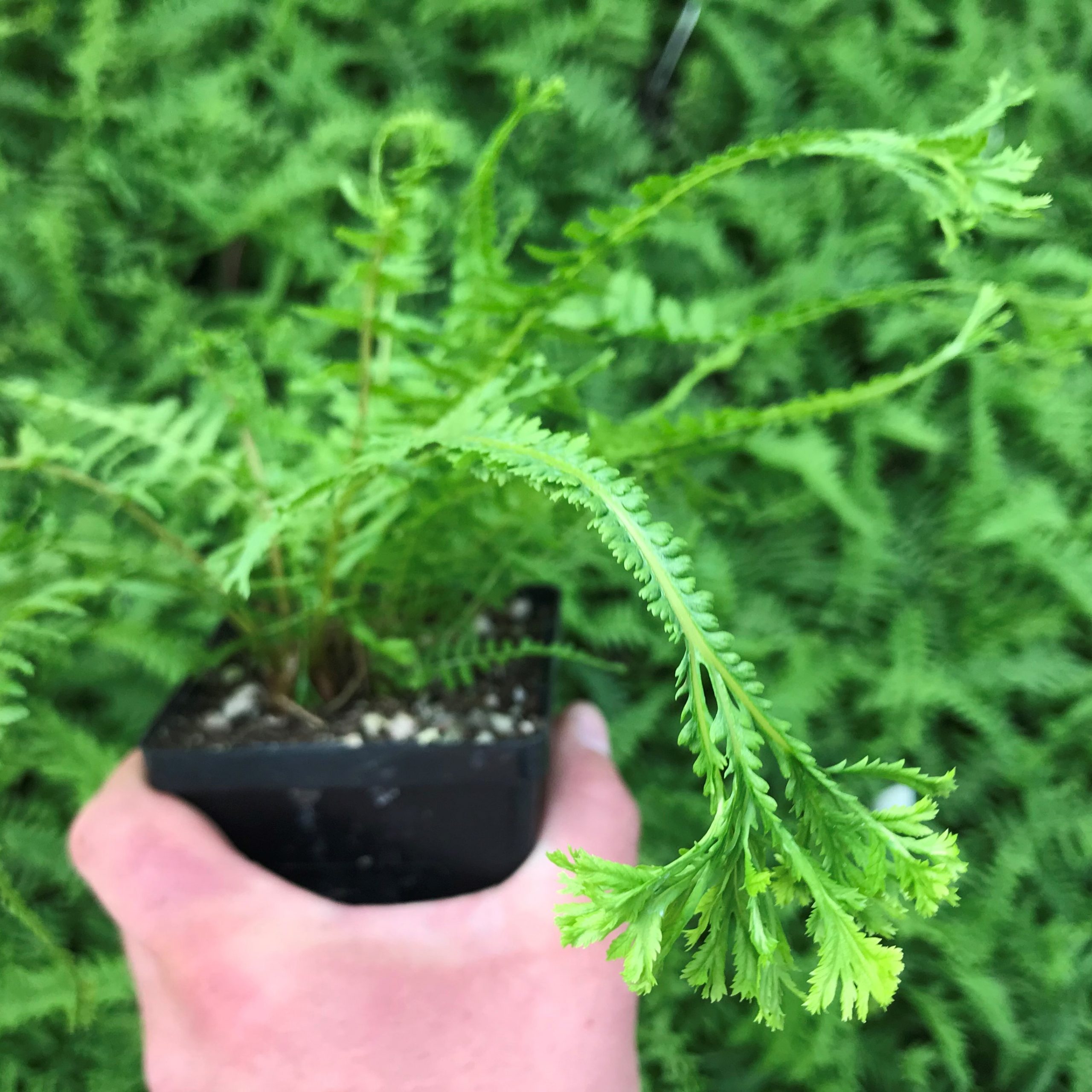
Athyrium filixfemina 'Victoriae' Lady Fern (3.5" Pot) Little Prince To Go
Athyrium filix-femina, commonly called lady fern, is a deciduous fern that features lacy-cut, erect or ascending, 2 to 3-pinnate or pinnatifid, finely-divided, lanceolate, light green fronds which grow in a dense circular shuttlecock-like clump to 2-3' tall. Each frond (leaf) has twenty to thirty pairs of elliptic non-opposite pinna (leaflets.
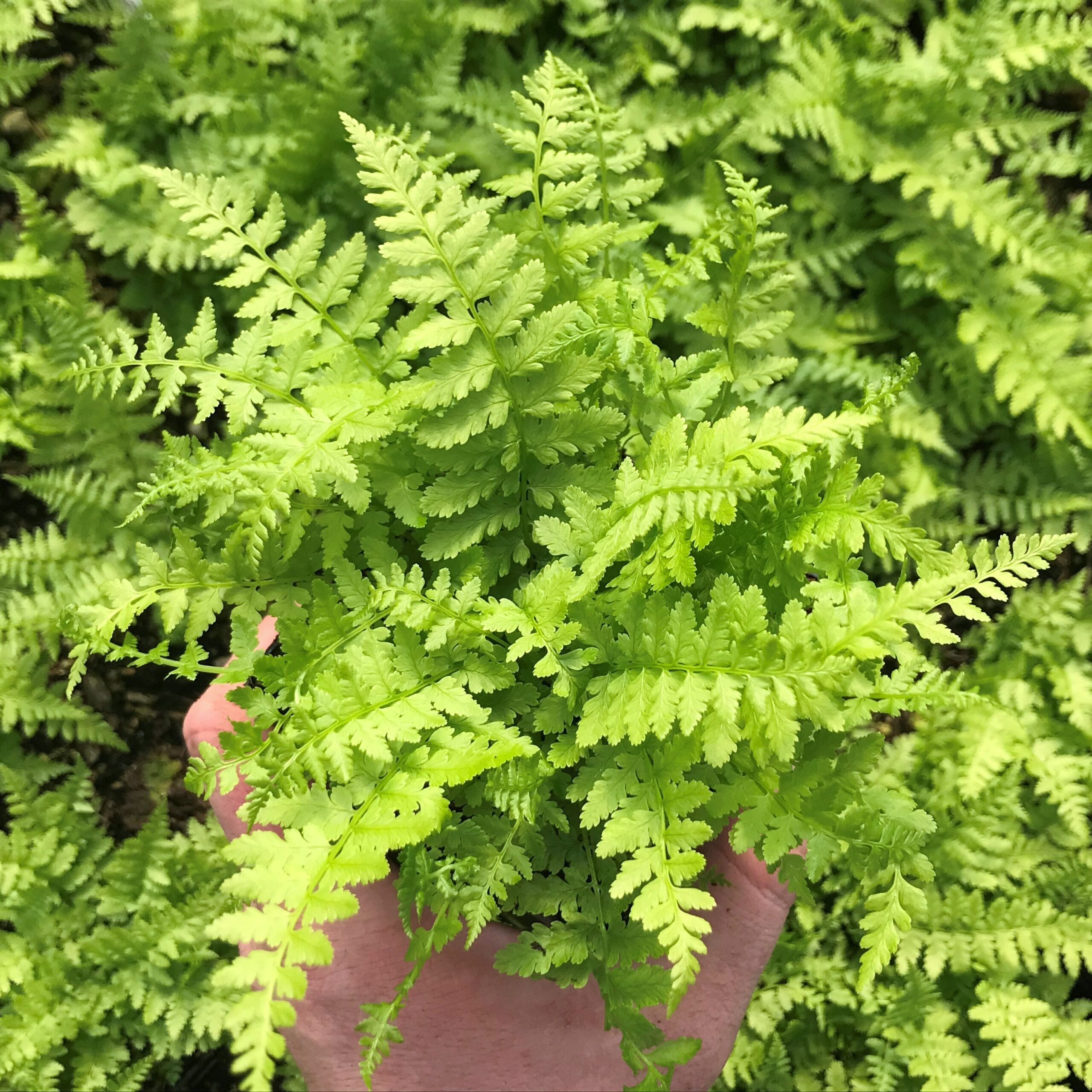
Athyrium filixfemina 'Minutissima' Dwarf Lady Fern (3.5" Pot) Little Prince To Go
Lady Fern (Athyrium filix-femina): This vigorous fern has upright, deciduous leaves 24 to 48 inches tall. Grow in light shade to full shade throughout South Carolina except for the coast. Although it prefers constant moisture, lady fern can stand some drought. Propagate by rhizome division.
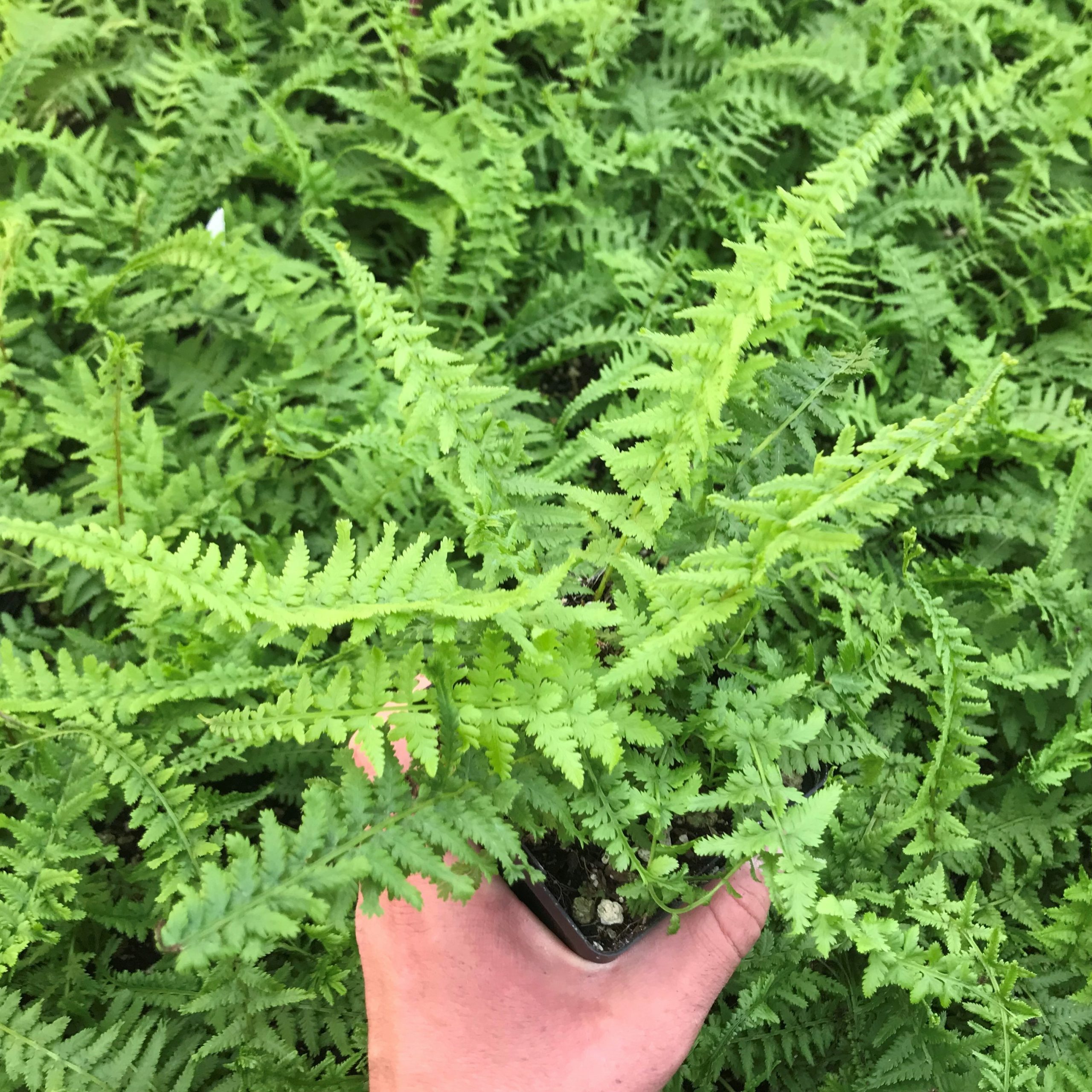
Athyrium filixfemina 'Victoriae' Lady Fern (3.5" Pot) Little Prince To Go
Resembling parsley, Athyrium filix-Femina 'Lady in Lace' (Lady Fern) is a small deciduous fern forming a clump of upright fronds, heavily frilled and ruffled. Easy to grow and perfect for filling gaps between shrubs or under trees. Plant this interesting fern in drifts and underplant with small, early flowering bulbs, such as snowdrops (Galanthus), as these will appear before the fronds.
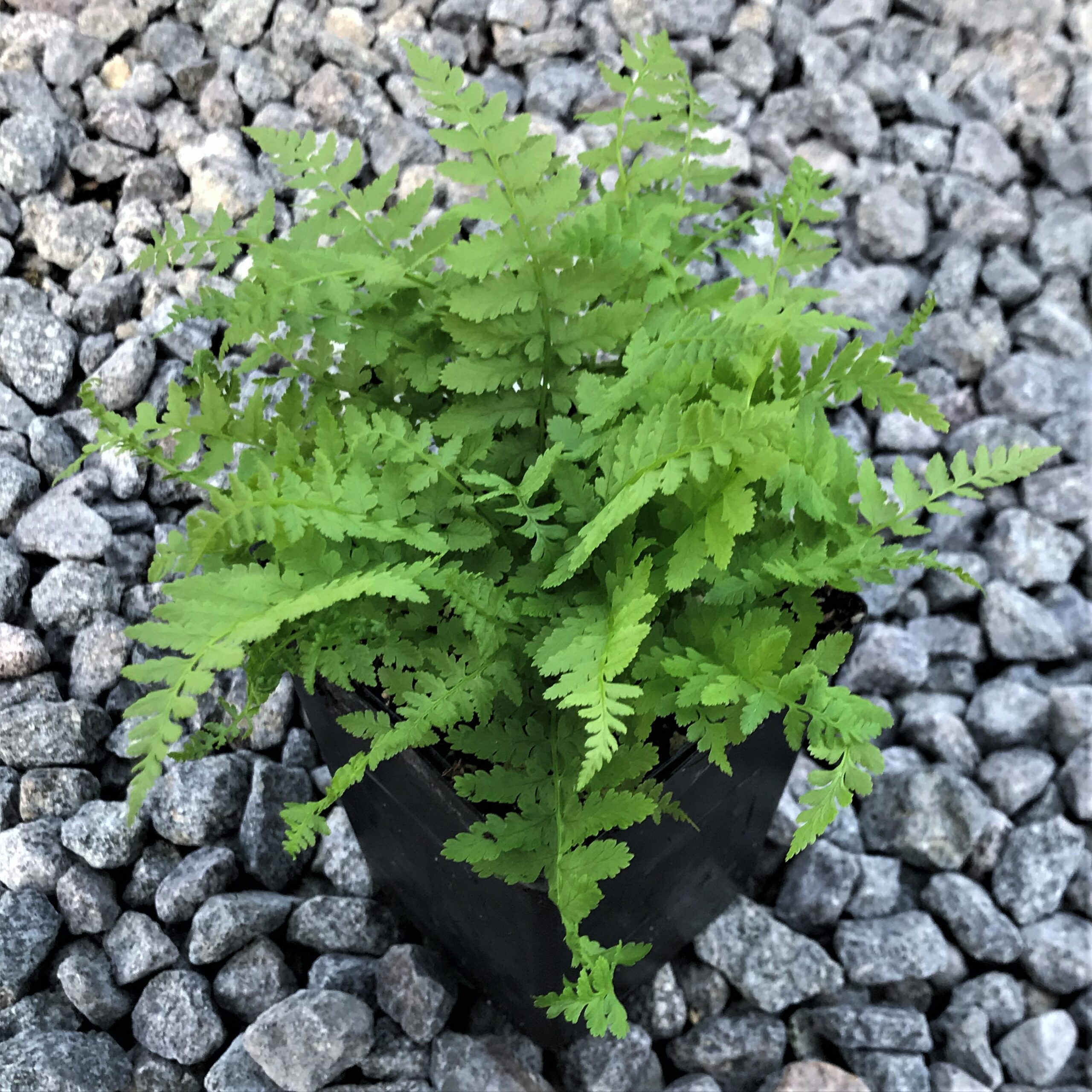
Athyrium filixfemina 'Minutissima' Dwarf Lady Fern (3.5" Pot) Little Prince To Go Oregon
Athyrium filix-femina, commonly called lady fern, is a deciduous fern that features lacy-cut, erect or ascending, 2 to 3-pinnate or pinnatifid, finely-divided, lanceolate, light green fronds which grow in a dense circular shuttlecock-like clump to 2-3' tall.
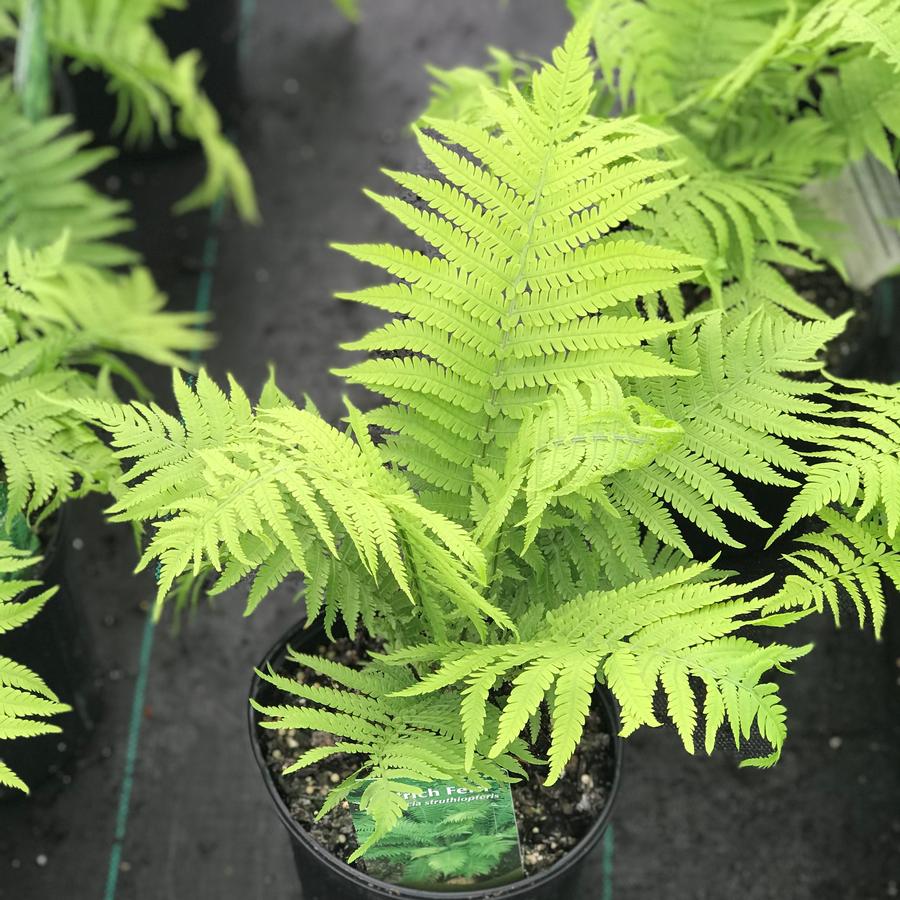
Athyrium filixfemina 'Victoriae' Lady Fern from Saunders Brothers Inc
ABBREVIATION : ATHFIL NRCS PLANT CODE [ 37 ]: ATFI COMMON NAMES : common ladyfern lady fern TAXONOMY : The scientific name for common ladyfern is Athyrium filix-femina (L.) Roth (Dryopteridaceae) [ 12, 39, 40 ]. Recognized infrataxa are as follows [ 37 ]: Athyrium filix-femina subsp. angustum (Willd.)
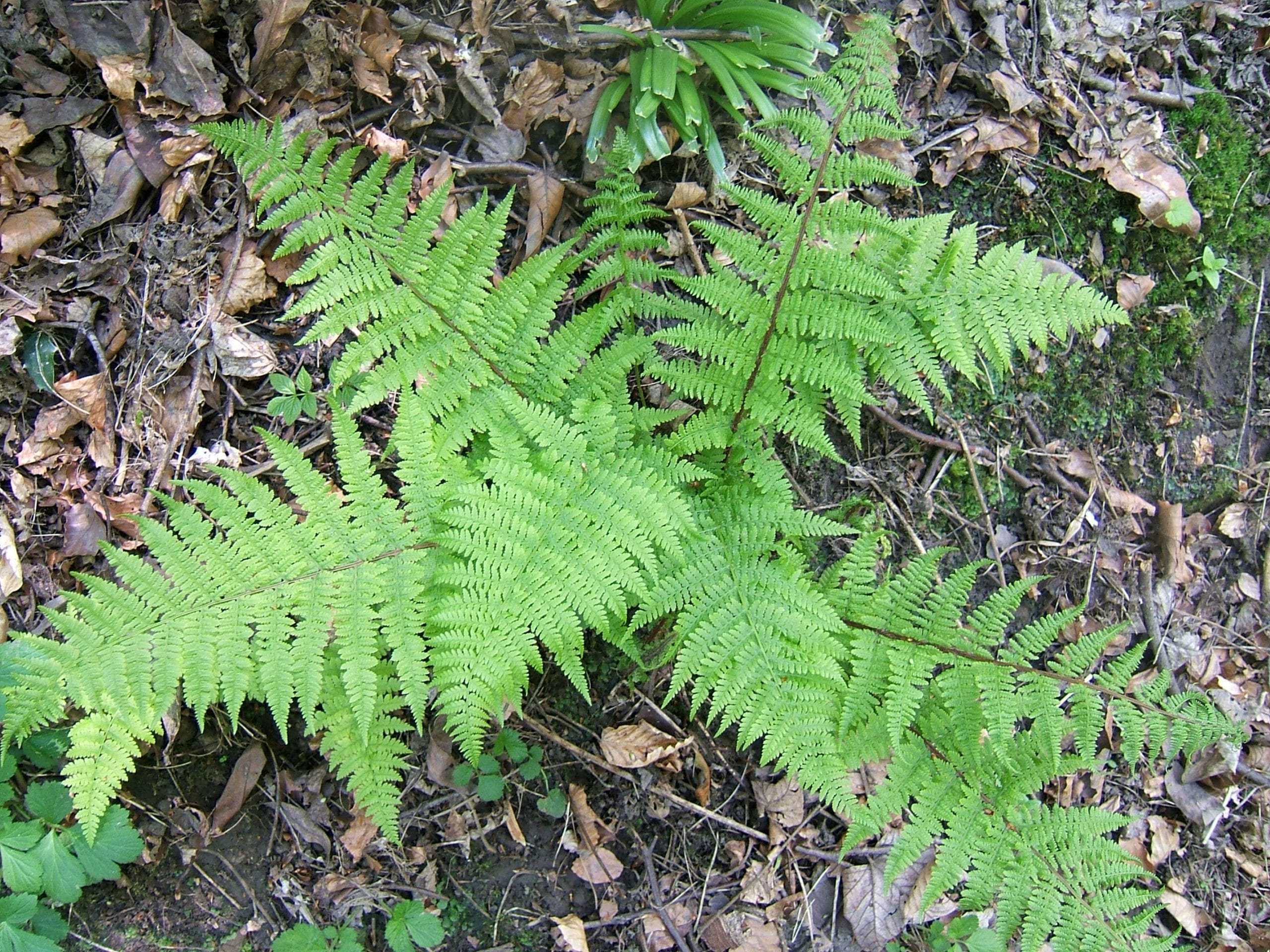
¿Cómo cuidar del Athyrium filixfemina? Jardineria On
Athyrium filix-femina (L.) Roth ssp. cyclosorum (Rupr.) C. Chr. subarctic ladyfern. Athyrium filix-femina (L.) Roth common ladyfern. Additional References; ARS Germplasm Resources Information Network (ATFI) Flora of North America (ATFI) Integrated Taxonomic Information System (ATFI)

Athyrium filixfemina 'Victoriae' Lady Fern (3.5" Pot) Little Prince To Go
Lady Fern ( Athyrium filix-femina (L.) Roth) By Rhonda Stewart Lady Fern is a native perennial upright fern that can reach 2-5 feet in height. The leaves are a bright green, with a fine-textured lacy appearance, and single fronds can measure up to 1' wide and 3' in length. The frond stalks are green to purple or red in color.

Athyrium filixfemina 1 (Lady Fern) Scioto Gardens Nursery
Athyrium filix-femina 'Lady in Red' is a hot selection of our North American native, deer-resistant lady fern (Athyrium filix-femina var. angustum forma rubellum) from a volunteer at The New England Wildflower Society. The lacy, light green foliage is held upright on dark, brilliant red-violet stipes (fern stems)..
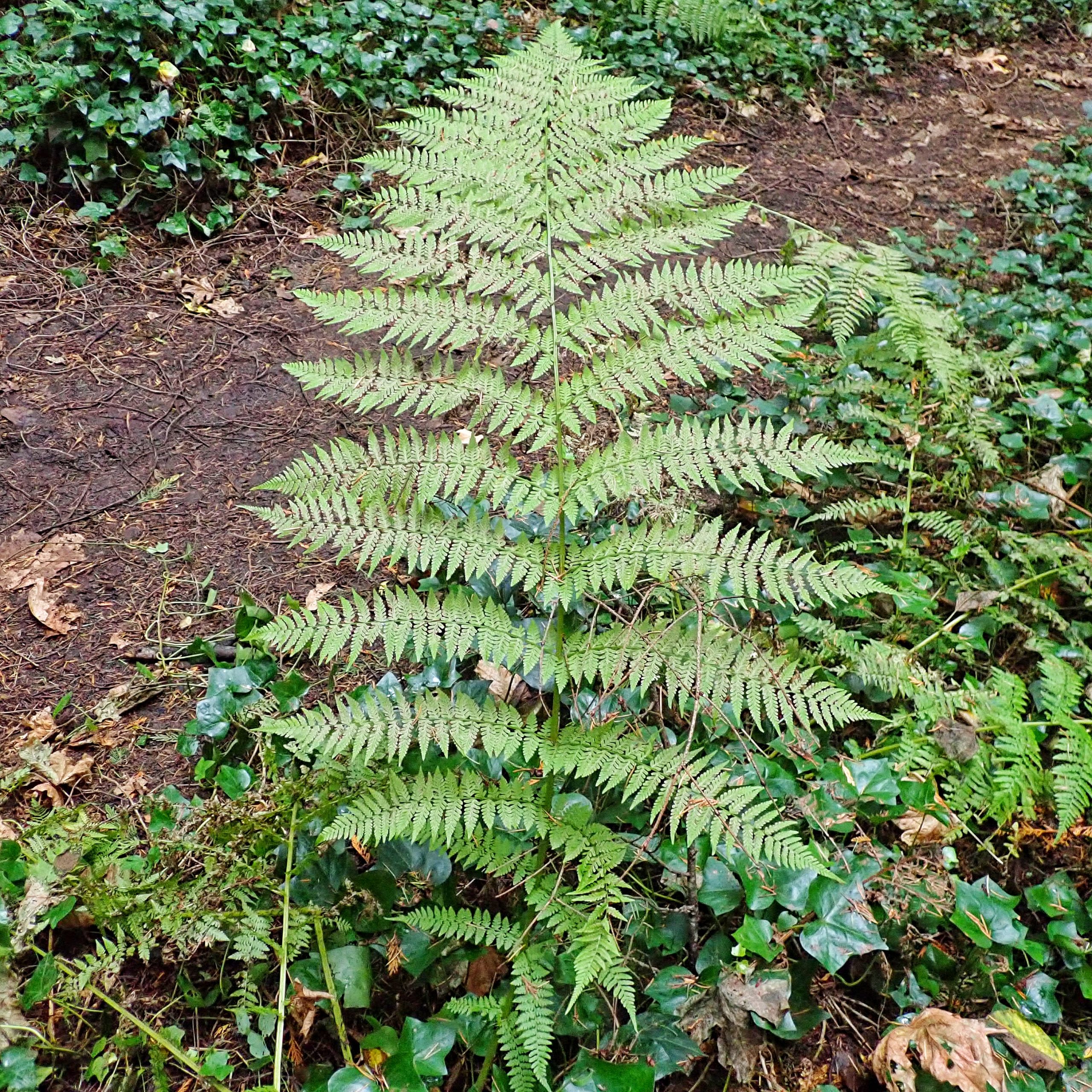
Athyrium filixfemina (Lady Fern) 10,000 Things of the Pacific Northwest
Athyrium filix-femina lady fern A vigorous, deciduous fern to 80cm or more, forming a clump of fresh-green, lacy, bipinnate, lance-shaped fronds, the segments with toothed margins. In some plants the midrib is red, in others green Other common names female polypody Join the RHS today and save 25% Join now < > © RHS 2002 © visionspictures.com
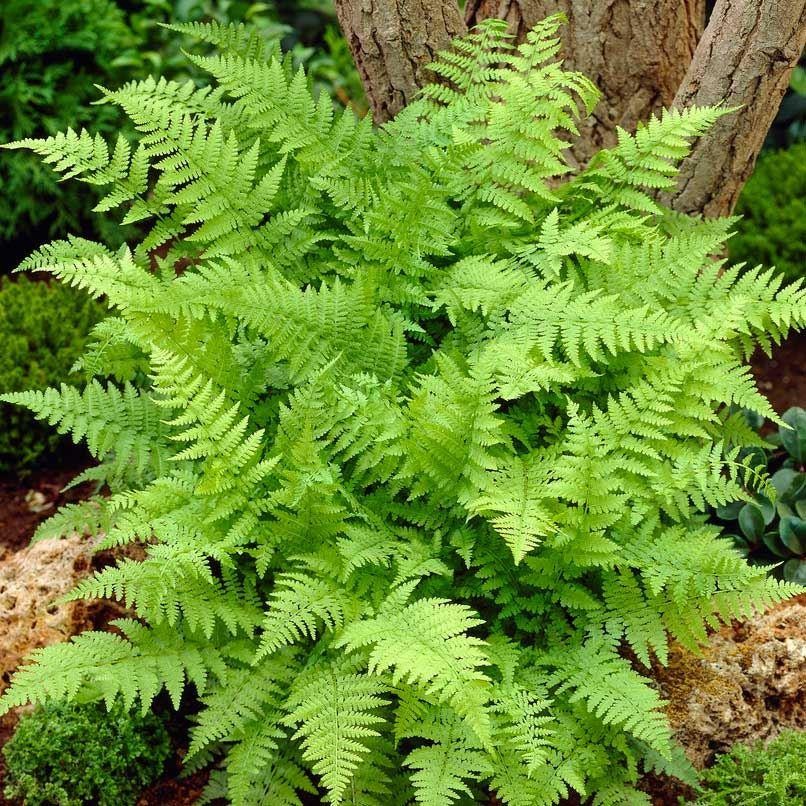
Athyrium filixfemina Lady Fern
Description Southern lady fern is a 2-3 foot fern with lacy, broad deciduous leaves in the fern (Aspleniaceae) family and is native to central and eastern USA including NC. It is found growing in meadows, open thickets, moist woods, and occasionally in swamps and is often found in the understory of cedars, firs and hemlock woodlands.